TM245P Overview
This machine consists of an STM32F407 on it's main board, an STM32F301 inside the head unit, unknown control systems in the feeders that all communicate with UART(*unverified) over CAN Bus (SN65HVD230).
There is an additional 'Power and Communication' board but it does not contain and MCU or CAN transceiver.
Two Paths Forward.
OpenPNP commonly uses the Smoothieboard as the hardware interface. This has been successfully ported to the STM32F4 in the Charmhigh CHMT26VA, which, as stated above, TM245P front unit is also running. This would be ideal and beyond the port itself, would require only translating incoming G-Code to packets to be transmitted over the CAN Bus.
The second path forward is to create a drop-in replacement board for the front unit. As the interface would become OpenPNP this would only require communication over the IDC connector and the LCD/Touch screen would become optional. This would also require Reverse Engineering the protocol or replacing all of the MCUs in the system. Not ideal.
We need the protocol.
Hands down, the best option is to reverse engineer this protocol in an effort to minimize overall work. So far the best guesses are it's UART at ~512kbit/s, 1 start bit, (maybe?) two stop bits, but so far consistently good looking data has yet to come out. This is were you, Dear Reader, come in! Please take a look at the Issues list, particularly this one and please get in touch if there is any way you can help out.
 morgan
morgan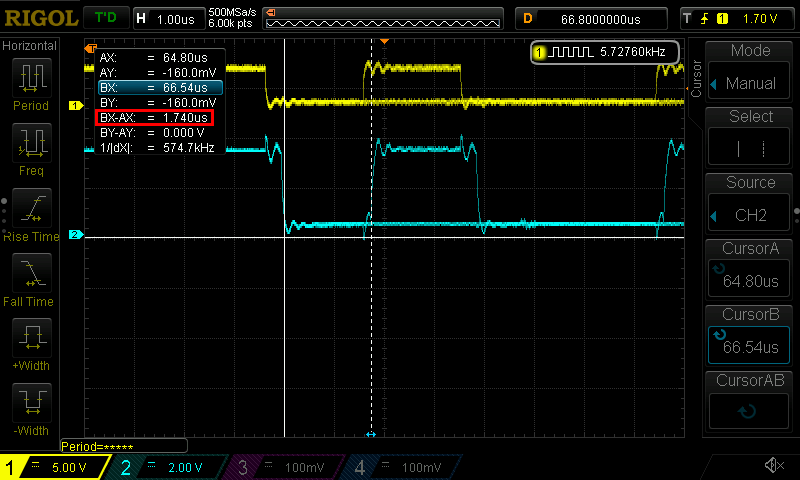
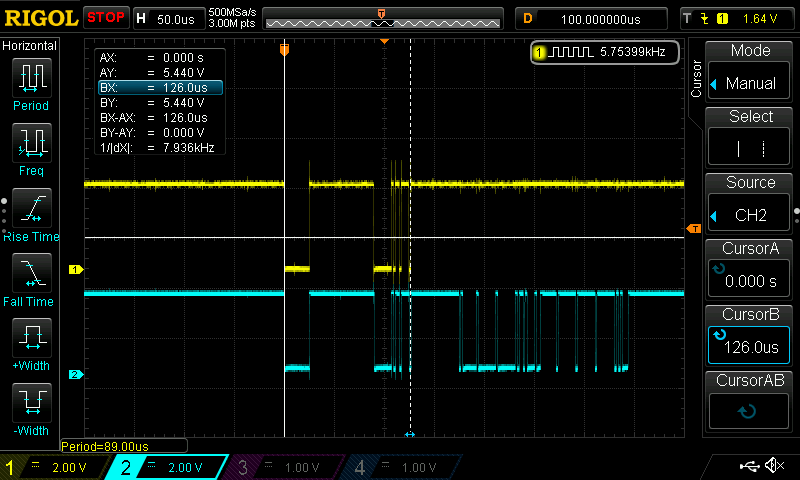
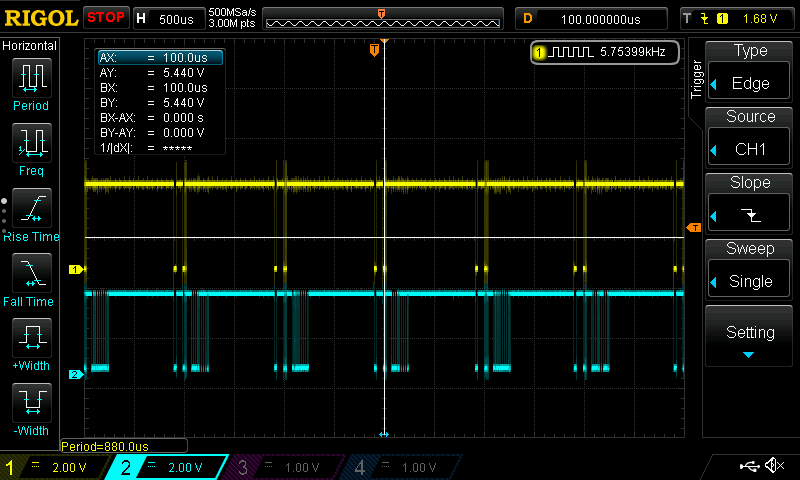
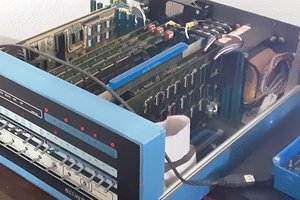
 glgorman
glgorman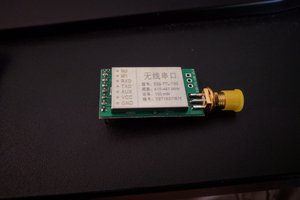
 Dominic DeMarco
Dominic DeMarco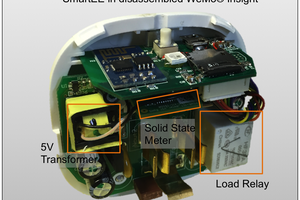
 John
John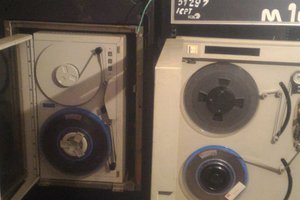
 [skaarj]
[skaarj]